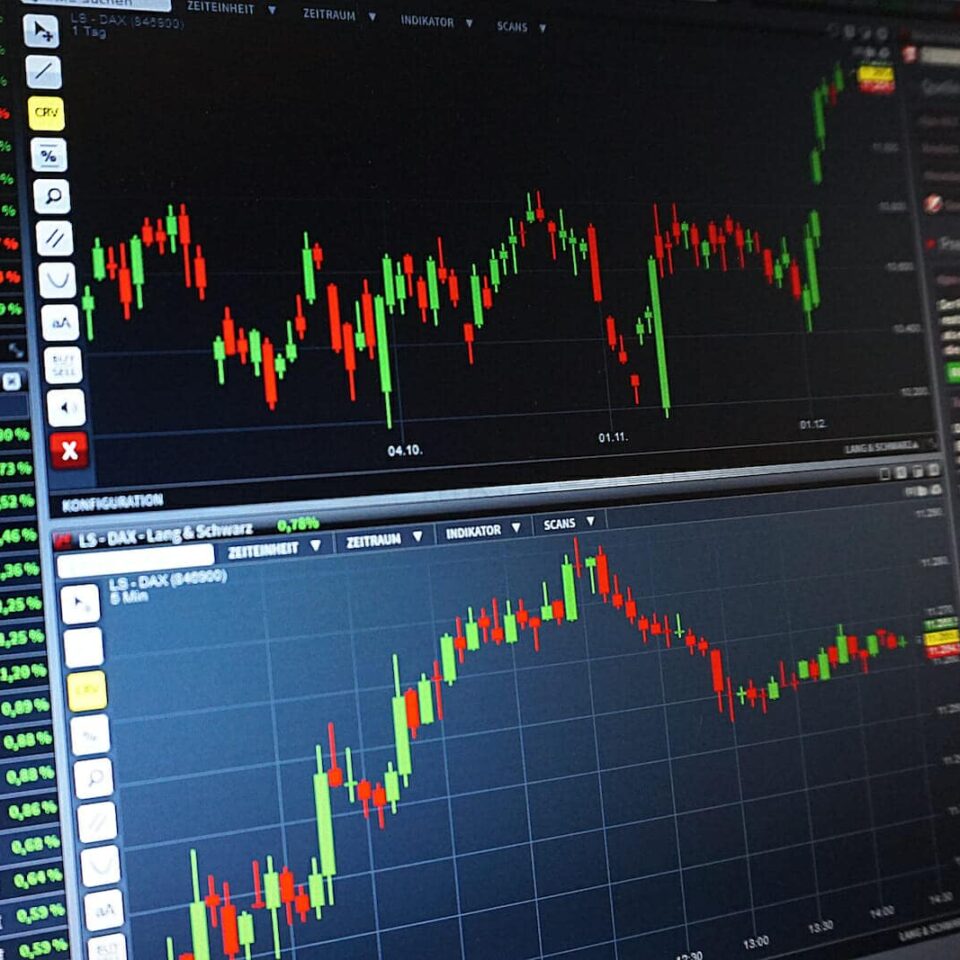In today’s world, day trading does not require a lot of surplus cash or time. The Coronavirus has had an inadvertent effect on trading. Sitting at home, bored out of their minds, many first-time investors have set their eye upon day trading.
The plethora of tools and techniques available online, along with the advent of commission-free trading platforms, has increased the number of individual active day-traders by leaps and bounds. As an example, the visits to the Education Center of TD Ameritrade Holding increased a whopping 280% as compared to the same time a year earlier.
The lure of day trading can be traced back to stories of instant fortunes, hot-tips, and whispered theories that feed on dreams of unimaginable wealth and lifestyle comparisons with the rich and famous.
While day trading can be a fun-filled experience, it is important to note for all beginners, that one needs to take time to prepare yourself with the basics before jumping into live trading.
Here we talk about five terms that beginner day traders should be familiar with before taking the plunge.
Day Trading
Lets us begin by first understanding what day trading is and who a day trader is. Day trading is simply opening and closing a trade on the same day and the same stock.
So, if a trader buys a share of Apple (NASDAQ: AAPL) on a Tuesday and sells it on Tuesday itself, it would be considered a day trade, and the trader would be a day trader.
It is important to note that if a day trader makes more than three day-trades in five days, they would become a pattern day trader. Pattern day trading involves a different set of rules that are more regulated and stringent.
Market Makers
Market makers are extremely important as they help maintain the fluidity of the stock market and increase liquidity. Market makers are high volume traders, typically institutions, who are always willing to buy or sell stocks.
For every buyer in the stock market, there needs to be a seller, ready to sell the same stock or vice versa. It would be difficult to find a seller or a buyer for a specific stock. This is where the market makers step in by offering to buy or sell any stock at a specific bid or ask price.
Bid-Ask Spread
The bid price of a stock is the highest price a market maker is willing to pay, while the asking price is the lowest price a market maker is willing to accept for the stock. The difference between the bid and ask price is the bid-ask spread or simply the spread.
The spread is how the market makers make money on stock executions.
Bulls And Bears
Bull and bear markets are terms frequently used to describe the state of the market conditions. Market conditions are called bullish when stock prices are on the rise, and there seem to be favorable conditions in place to continue.
On the other hand, a bearish market describes a market where stocks are declining or depreciating. Events like war, political instability, or adverse climate conditions like floods or drought, can lead to a bear market. Bearish markets are more volatile and riskier to invest in.
Most investors are deemed to be bullish, as they expect their investments to grow over time and make profits.
Extended Hours Trading
The normal trading times of stock markets are fixed. In the US, it is 9.30 – 4.00 pm Eastern Time (ET). Any trading that is done outside of these hours is called extended-hours trading. This type of trading is conducted using Electronic Communications Networks (ECN).
Pre-market trading is done between 4.00 am to 9.30 am ET in the period before the market opens. After-hours trading generally occurs between 4.00 pm to 8.00 pm ET.
Extended hours trading can be triggered on news events, earnings releases, or IPOs, but have lower trading volumes and larger spreads. Market makers do not generally participate in after-hours trading.
While extended hours trading was limited to high net worth investors or institutional investors, the emergence of ECNs has allowed individual investors to also participate.
Conclusion
While these are just a few important terms in understanding day trading, beginners should focus on grasping more details. Day trading can be inherently risky and requires excellent trading skills.
Most day traders profit from short-term price fluctuations in stocks, options, futures, commodities, or even currencies. The key is to manage the per-trade risk so that a couple of bad trades will not wipe you out.
Day trading is quite different from investing in the stock market. By making a large number of day trades, you will be automatically classified as a pattern day trader, where you will be required to keep a minimum balance of $25,000 in your account.
Day traders typically risk their personal capital, need to have access to an online trading platform, do more informed research, and pay short-term capital gains tax.
Consider beginning day trading only if you are serious about it, not as a hobby. If you have the right amount of discipline, research ability, sufficient capital, patience, and the ability to take risks, then day trading can become a highly lucrative option.








